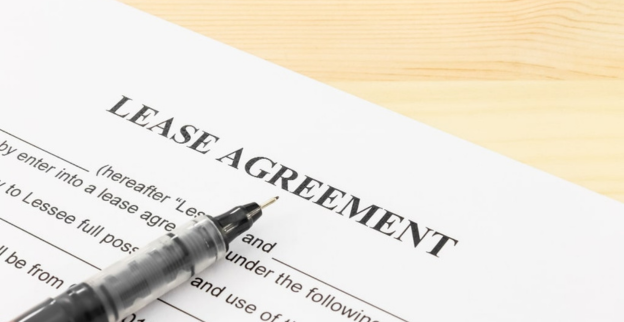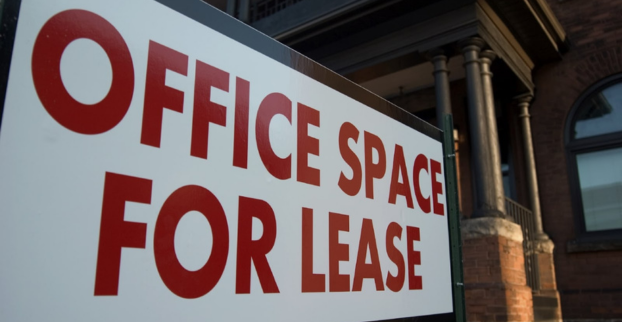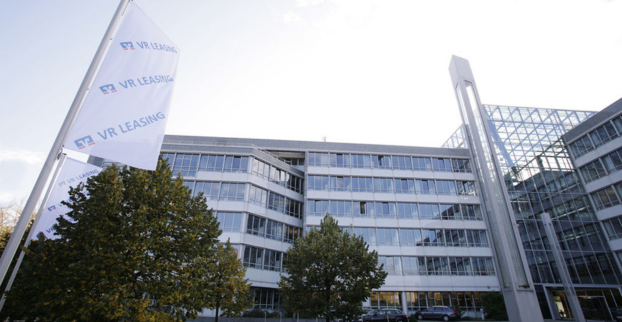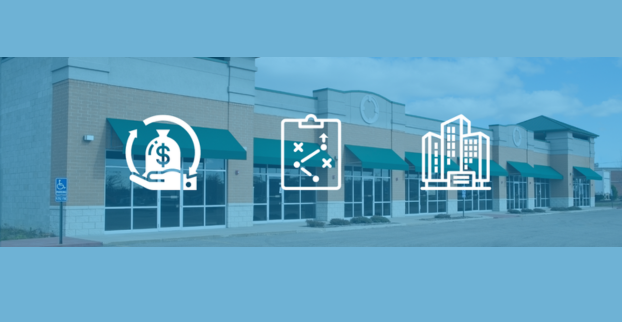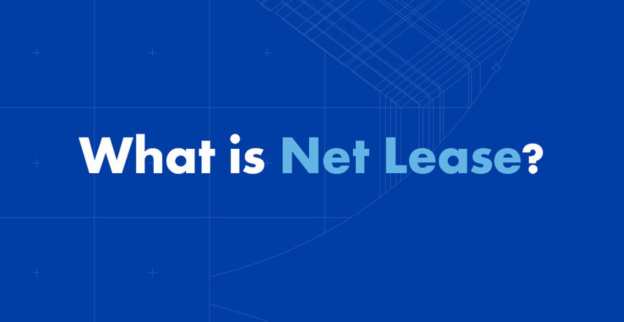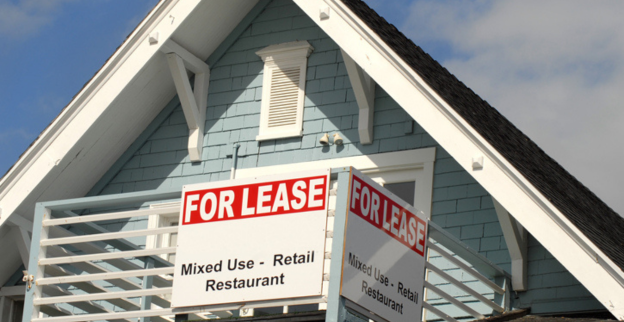Searching for suitable property management Homes For Rent In NYC choices could be a challenging experience, especially in New York City, which has a high rental rate and multiple neighborhoods with unique characteristics.
However, the procedure is much easier for everyone if they choose a credible property management company. These companies take care of everything, ranging from property management to tenant screening. This makes the rental process a hassle-free and time-efficient experience for all tenants and landlords.
In this blog, we will help you make a smart choice about Property Management Homes for rent in NYC. We will discuss the current situation in the rental market of New York City and tips and tricks for finding property management homes for rent in NYC.
Understanding the Property Management Rental Market in NYC

The rental market in New York City has a vibrant and wide range of characteristics exhibiting the city’s position as one of the world’s key business, cultural, and technology centers. As the city of NYC is considered the most populated one in the U.S., with more than 8 million people, the local rental market is very competitive and dynamic. As a tenant, to make the right decision about renting, you must have an in-depth understanding of how the renting market operates.
It’s important to understand that the real property management homes for rent in NYC could differ significantly in different neighborhoods. Also, the rental prices are often resource-dependent. On the one hand, Manhattan presents higher rental values due to its excellent location with major business centers and cultural spots. On the other hand, Brooklyn has trendy neighborhoods and family-friendly areas at relatively lower costs. Also, Queens and the Bronx opened up a more budget-friendly window to choose from highly vibrant multi-cultural areas to quieter residential areas. Staten Island is considered a suburb, where homes are built a little further away from each other.
The demand for rental in NYC is persistently high, as the USA is a city that attracts both young professionals and artists seeking career opportunities. This often causes an increase in the rent prices that usually outprice the average rental costs across the country, especially within such popular areas.
How to Find the Best Property Management Homes for Rent in NYC

While the quest for the best property management homes for rent in NYC can be a challenging and complex process, with a little effort and knowledge, you can find a suitable home that will balance your budget and needs. Here’s how you can navigate the NYC rental market and find the best real property management homes in NYC.
1. Identify and Learn About the Trends in the NYC Rental Market
Before you start the search, get accustomed to the NYC rental market. The town is characterized by its assorted neighborhoods, and every destination has its own personality and happenings, providing a diverse lifestyle. Select famous locations like Manhattan, Brooklyn, Queens, and the Bronx to understand their markets and typical prices.
2. Set Your Priorities
Identify your must-haves for your rental home, such as:
- Location: Think about how far away home is from work or public transport centers and shops.
- Budget: Create your rent budget and add more utility costs.
- Size and Layout: Choose the number of bedrooms or shower rooms your family needs.
- Amenities: Choose additional amenities like having a laundry room, door attendant, or gym right there.
- Safety and Security: Investigate the history of criminal activity in various areas.
3. Look Up Real Estate Management Companies
A reliable property management firm is essential for all rental experiences to be very convenient and practical. Look for companies that offer great experience and reputation, comprehensive services, and provide transparency in communication. Research and select the Top property management companies in NYC that are forward-looking and work in accordance with your mission.
4. Investigate Homes on The Internet.
Be sure to look for rental housing managed by professional management companies using online platforms. Filter your list based on neighborhood, price, amenities, and other factors that interest you.
5. Search for Homes and Neighborhoods Through a Friendly Visit
Visit any house listed for sale to get a clear idea of your preferred price range and neighborhood. In addition to the physical state of the property, focus on the safety, security, and community features.
6. Contact a Real Estate Agent
Along with going to doors, you can find a certified real estate agent specializing in the New York City rental market. Agents can assist with contracts, source new developments, provide practical guidance, and help with negotiations.
7. Review Testimonials Online
Discuss and ask for reviews and testimonials from the current or past tenants of the property so that you can better understand the quality of the properties the property management company is providing. Look for recurring comments like regular maintenance requests, communication issues, and overall tenant satisfaction.
Key Considerations While Finding Property Management Homes for Rent in NYC
Finding suitable property management homes for rent in NYC can be complicated and stressful. But, by keeping these essential points in mind, you may ensure a smooth rental experience and, eventually, your desired apartment/house. Here are the key factors to consider when looking for a property management home for rent in NYC.
- Select a locality that suits your internal set-up and personal choice in terms of proximity to work, school, public transportation, and amenities.
- Bump up your savings by settling on your rent monthly earmark and including other costs like utilities and deposit down payment. This way, you will avoid sudden banking charges.
- List the things you need, such as laundry in your room, AC, door-man service, etc., and also mention outdoor space among them.
- Find out about the safety of the locality and security features common in the development, like CCTV cameras, electronic access systems, and well-lit common areas.
- Opt for a credible property management company that distinguishes itself by fulfilling the tasks promptly, fixing the tiniest items the tenants might face, and communicating in a manner that the tenants understand.
- Become knowledgeable about the laws that exist in NYC in regard to tenants and your rights and duties as a long-term renter to shield yourself during the rental process.
- Obtaining renter’s insurance is advisable to secure your belongings if they are incidentally lost through theft, damage, or other unexpected events.
- Know about the handbook rules, including pet policies, noise limits, and subletting limits.
- Look for online reviews from current or past tenants to obtain information on the property management company’s service delivery and rental experience.
Enhance Your Renting Experience with the Best Property Management and Renting Company in NYC

Acquiring the best property management homes for rent in NYC can be exciting and adventurous but also highly challenging. By identifying and listing your priorities and seeking a reliable and reputable property manager, finding the right place to live becomes simple.
Also, one can take advantage of tools like online listing services, Real Estate Agents, and tenant reviews to be confident that the rental is appropriate for you. For everyone’s sake, remember to stay alert while reading fees and lease stipulations to maintain a pleasant residential living environment.
To simplify the process of finding property management homes for rent in NYC, you can go through the services of Citadel Property Management Corp. What is unique about the company is that it stands out for its awesome service and provisions to protect tenants’ rights.
FAQs
1. Why choose a property management company?
A property management company can simplify the rental process, handle maintenance requests, and provide expert guidance on rental homes.
2. What is the best time of year to search for rental homes in NYC?
The best time is typically during the summer when the rental market is more active, but there may also be more competition.
3. What amenities should I prioritize in a rental home?
Priorities amenities that fit your lifestyle, such as in-unit laundry, gym access, and outdoor space.
4. How do I apply for a rental home in NYC?
Follow the application process set by the property management company, including providing the necessary documentation.
5. What types of rental properties are available in NYC for renting?
NYC offers apartments, condos, co-ops, townhouses, and single-family homes for rent.














